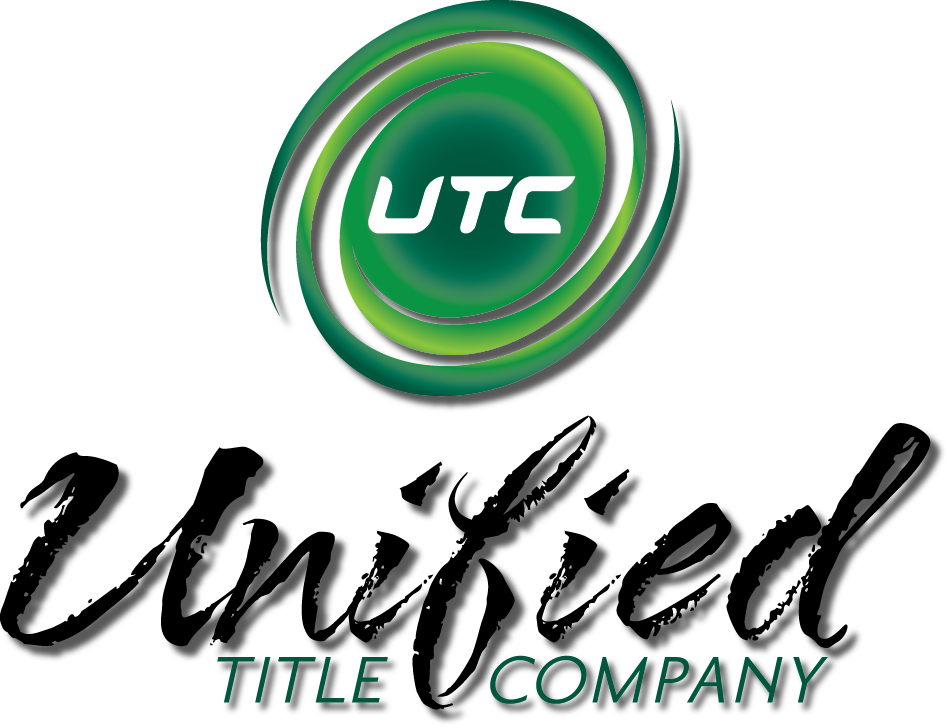Mechanics Liens
Under Colorado law, a mechanic’s lien recorded tomorrow can attain priority over a mortgage (deed of trust) recorded today. For priority purposes, the date of the lien relates-back to the commencement of construction, which may predate the recording of the mortgage.
Colorado law has another idiosyncrasy. It has to do with the meaning of commencement of construction. In other states, commencement of construction is a tangible event – the first shovel to hit the ground. In such states, if a title company is asked to insure a construction loan, it can manage lien risk (at least to some degree) by requiring that closing occur before that event.1 But Colorado courts do not follow the first shovel rule. In Colorado, construction may have commenced prior to any visible signs at the construction site – when architectural drawings have been rendered, or when other preliminary off-site work has been undertaken.
For these two reasons, it is almost unheard of that a loan policy insuring construction financing in Colorado will provide comprehensive mechanics’ lien protection.2 Notwithstanding that fact, there are alternatives that may be available to lenders making construction loans.
The most common way for a Colorado title company to assuage lender concerns about mechanics’ liens is to offer date down endorsements. Prior to the disbursement of loan proceeds pursuant to a construction draw request, the lender would request a date down. The endorsement alerts the lender to any documents recorded in the gap between the recording date of the insured mortgage and the date of the date down request. If a lien appears of record, the lender can require that it be released (i.e., that the underlying dispute be resolved) before funding the draw request.3
Though rare, an underwriter may agree to provide a lender with “incremental” mechanics’ lien coverage.4 Unlike the date down approach (where the lender ultimately assumes the risk of loss), with incremental coverage the title company bears the risk.5 Aside from the party bearing the risk of loss, procedures related to incremental coverage are the same as the date down approach – that is, the lender would request a policy endorsement prior to disbursing loan proceeds pursuant to a draw request. And if a lien showed of record, the title company would require its release before extending coverage.
Notes
1. The title company could visit the construction site immediately prior to recording the insured mortgage in order to verify (and document) that construction had yet to commence.
2. Comprehensive coverage would involve deletion of standard exception 4 on the final loan policy. Such coverage would mean that the lender was insured for the full amount of their loan as of the date of policy (e.g., upon recording the insured mortgage).
3. Typically, in conjunction with date down endorsements, a lender will review invoices (disclosing vendors and amounts to be paid through the current draw) and lien waivers (confirming receipt of payment by vendors from the prior draw). By this dual process of date downs and invoice/waiver review, lenders can mitigate the risk of fully disbursing their loan before discovering a problem.
4. For incremental coverage, Unified Title Company underwriters will require the following (at a minimum):
- A borrower that is very strong financially (as evidenced by certified financial statements);
- Copies of plans and specifications detailing the nature and scope of the project;
- Posting of indemnity bonds;
- That Unified Title Company manage the construction disbursement (managing means that we review invoices to be paid through construction draws and we collect waivers to confirm invoices have been paid);
- That on-site construction has not already commenced (risk becomes unacceptably high if labor or materials have already been supplied to a job site and such labor or materials were not paid for with loan proceeds).
5. Unlike comprehensive coverage (described in note 2 above), incremental coverage would be limited to the amount of loan proceeds actually disbursed. So, for example, if a lender made a $500,000.00 loan, but had only disbursed (and received an endorsement for) $250,000.00 of the loan proceeds, the title company’s maximum exposure would be $250,000.00.
